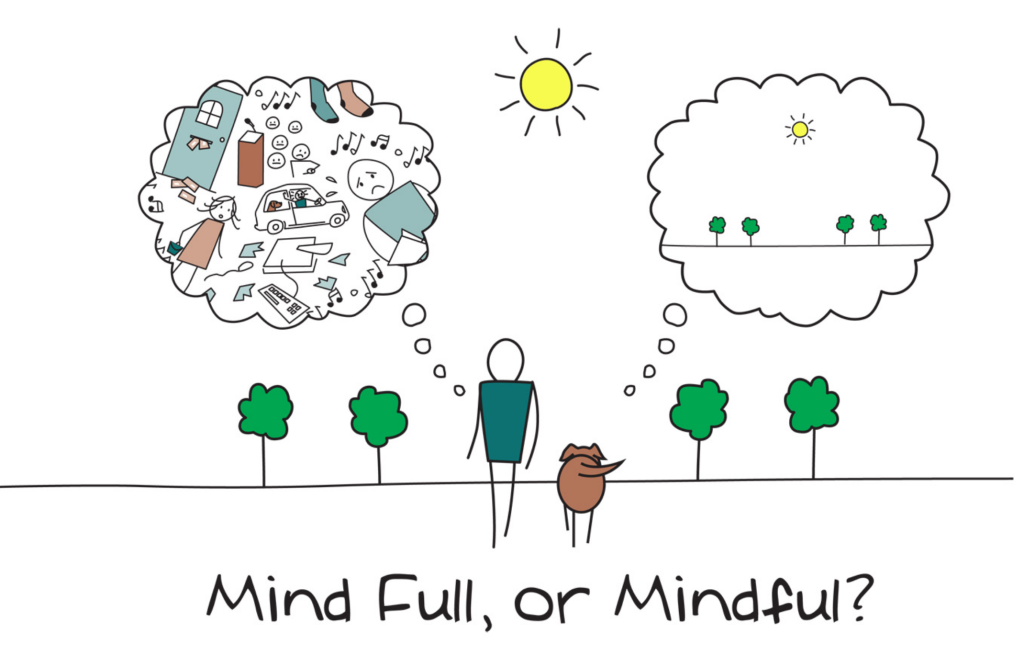
How to Practice Mindfulness in Your Family
by Kyle Kick
BStrong Together Executive Director
The power of your breath is incredible! How you breathe can actually alter your brain. It can change your mood, your outlook, your performance on a test. It can help you to focus, make better decisions, regulate your body and your emotions, and connect with others.
That’s why breathing is at the center of the powerful practice of mindfulness.
In its simplest terms, mindfulness is a mental state of being where you are open and actively attentive in the present. As James Baraz says, “Mindfulness is simply being aware of what is happening right now without wishing it were different. Enjoying the pleasant without holding on when it changes (which it will). Being with the unpleasant without fearing it will always be this way (which it won’t).”
Mindfulness allows us to listen to our bodies, be aware of both the world around us and our inner thoughts and feelings, and creates the space for gratitude, empathy, and compassion for ourselves and others to grow.
Practicing mindfulness can start as simply as:
- Find a comfortable spot and position in which to sit or lie down.
- You may close your eyes or leave them open – whichever is more comfortable for you.
- Begin to breathe from your belly, exhaling longer than you are inhaling.
- You can set a timer for when to stop if you like. You will be amazed at how restorative just 1 or 2 minutes of mindful breathing can be.
There are lots of ways to teach kids how to breathe mindfully (square breathing, balloon blowing, candle breath, hot chocolate breathing, etc.). If you would like a guided breathing exercise to get started, click here. There are lots of other mindful exercises that you can try – Buddy Breathing, body scans, go on a mindful walk, or try other mindful games.
If you have teenagers, check out Christopher Willard’s TEDxYouth Talk Growing up Stressed or Growing up Mindful? and watch it with them. Willard does a great job of explaining stress and how simple mindfulness exercises can not only physically change the brain, but includes tips for how teens can learn to manage and optimize the stress that they are so often navigating.
If you are a parent or educator, be sure to check out Kira Willey’s TedX Talk Bite-Sized Mindfulness: An Easy Way for Kids to be Happy and Healthy to learn more about the benefits of the calming, centering power of consistent small moments of mindfulness inside and outside of the classroom. Learn simple, easy techniques that can be used in the classroom or in the home to help to build self-regulation, self-awareness, and kindness. If you want help, Kira’s Mindful Moments for Kids CD with 30 one-minute mindfulness activities will help you practice these techniques at home, in the classroom, or in the car.
There are also apps to learn about mindfulness and mindful breathing including Headspace, Smiling Mind, Breathing Bubbles, Calm, and Stop, Breathe, Think. For more mindfulness apps, check out this list from Common Sense Media.
Mindfulness keeps us grounded in today, allowing us to let go of the past and not yet focus on the future, and when done together, mindfulness activities can create moments of connection with each other in our busy, chaotic world.
